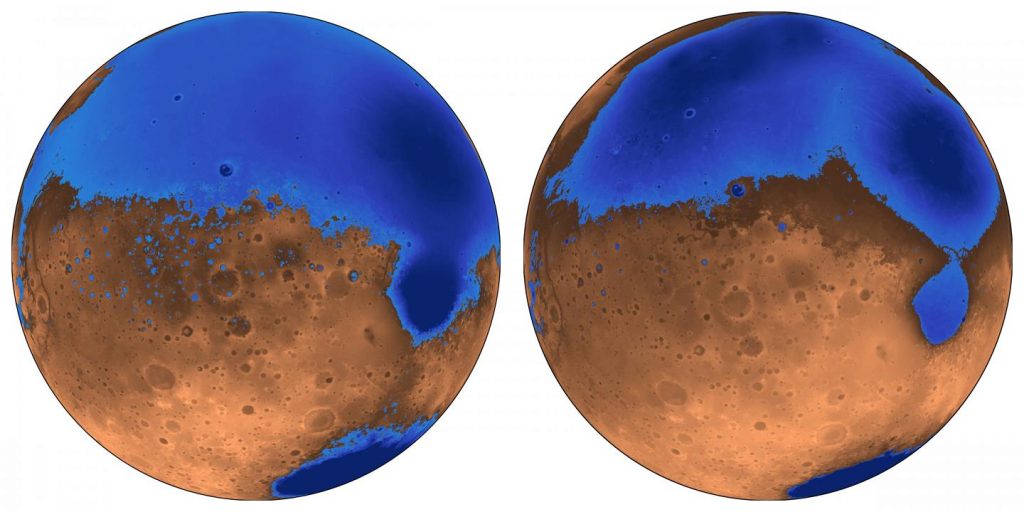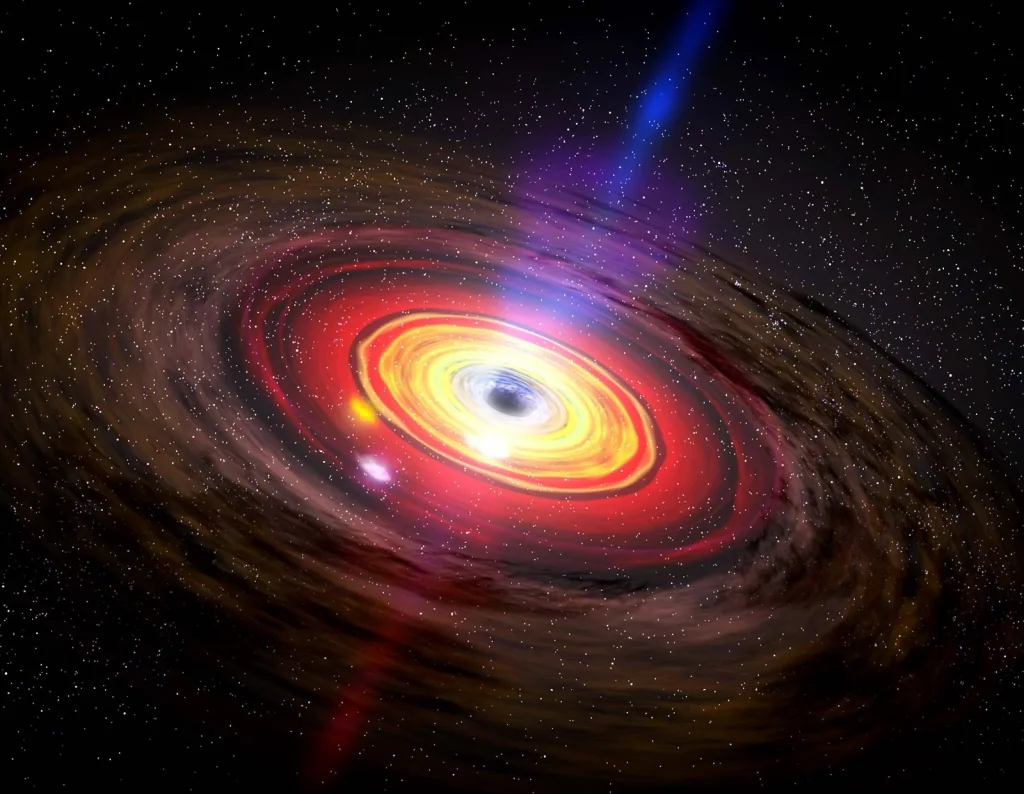From the possibility of microbes on ancient Mars to a black hole ‘burping’ out stellar material years after swallowing a star.

According to research published in the journal Nature Astronomy, ancient Mars could have had an environment which was capable of harbouring underground microscopic organisms. Elsewhere, astronomers say they have witnessed a “never seen before” event where a black hole “burped” out stellar material three years after consuming a star.
Underground Martian microbes
Microbes that consume hydrogen and produce methane may have flourished just under the surface of Mars ages ago. Even though Mars may have had the conditions to harbour life once upon a time, researchers believe that these life forms would have altered the atmosphere of the planet so much that they triggered a Martian Ice Age that killed them. The researchers came to this conclusion by using climate and terrain models of Mars’ crust around 4 billion years ago when it is believed that the planet had a lot of water and was more habitable than it is today.
In sharp contrast, microbes on Earth may have helped our planet maintain temperate conditions and could have also given it the nitrogen-dominated atmosphere. According to AP, the new research presents a bleak view of life in the cosmos—that even simple lifeforms like microbes could cause their own end if they exist.
Black hole shreds star and burps it out years later
A black hole about 650 million light-years away was observed ripping apart a star in 2018. This tidal disruption event (TDE) was just about what you can expect from the crushing gravity of a black hole. But three years later, the same black hole lit up again and spat out stellar matter, without swallowing anything else in the period in between.

InSight Mars lander stuck in dust storm
NASA’s InSight lander, which was already on its last legs, suffered a significant drop in solar power after it got stuck in a continent-sized dust storm that is swirling over Mars. NASA’s Mars Reconnaissance Orbiter first spotted the storm on September 21 this year.

